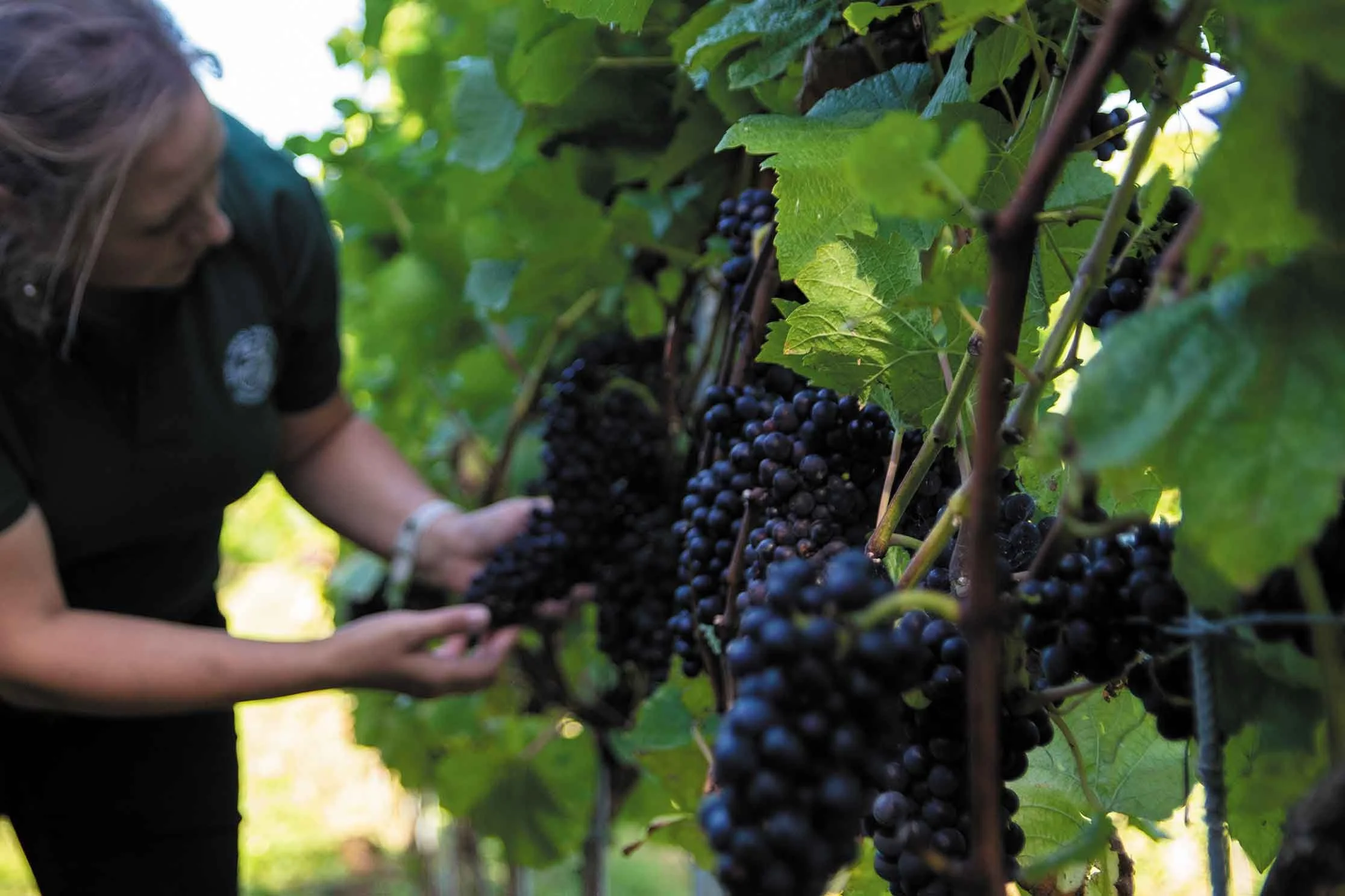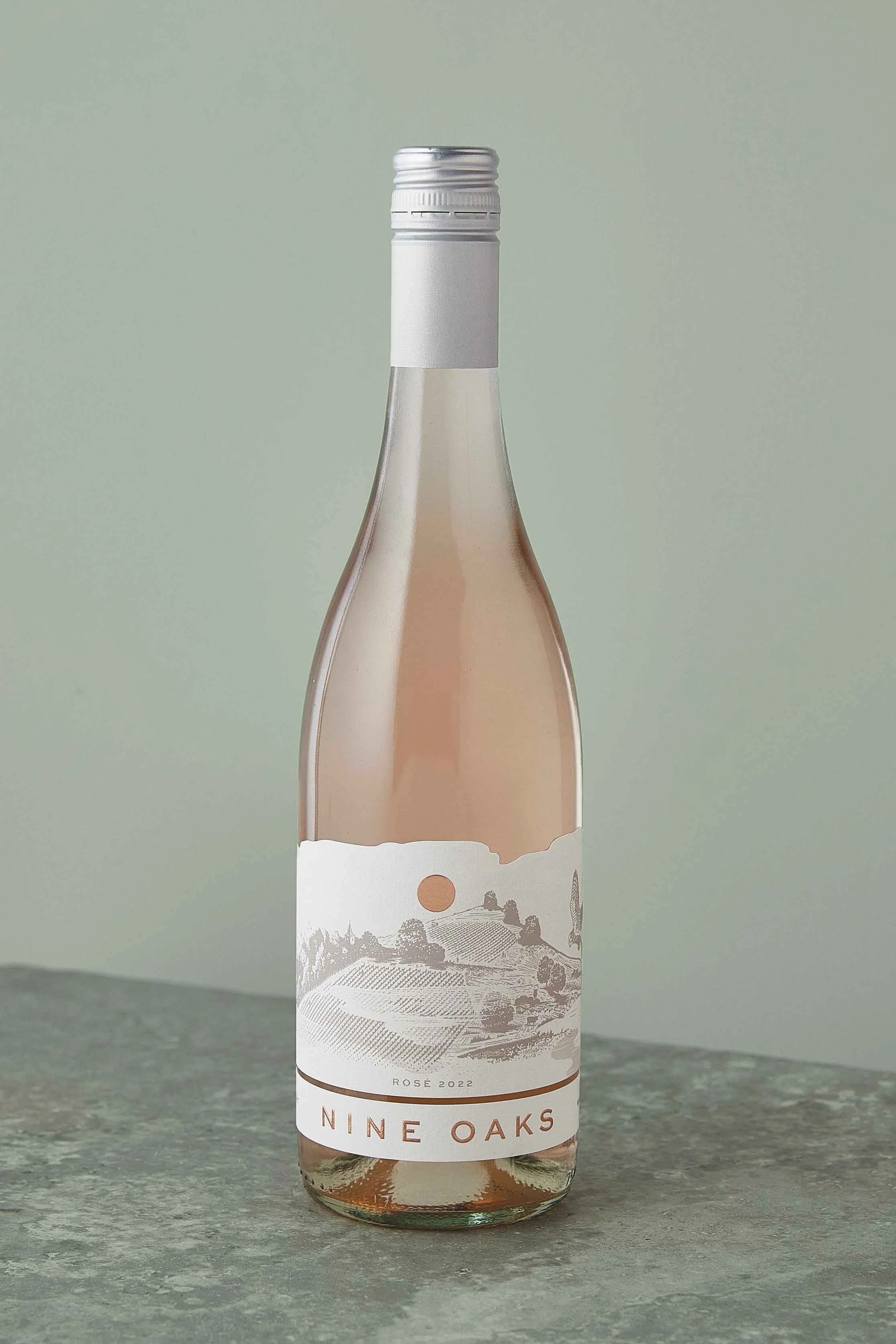COLUMN: WINEROCKS - Decoding wine labels
Whitstable wine communicator Natalia Suta on making sense of labels and which ones to look out for
There is nothing more intimidating than standing in the wine aisle, facing a wall of bottles adorned with labels and words that you can neither recognise nor pronounce.
Is Cuvée good or bad? Does Brut indicate quality? And wasn’t Vieilles Vignes the name of a French band from the 80s?! Before you give up and decide to drink beer for the rest of your life, take a deep breath - there is logic to the labelling madness and I would love to shed some light on it.
New World vs. Old World
The world of wine labels divides into two distinct camps: Old World and New World. Old World producers, from classic regions like France, Spain or Italy, tend to emphasise the region over the grape variety. Consequently, they often require some (and in many cases a lot of!) background knowledge to understand that a wine labelled Petit Chablis comes from Burgundy in France, is made from 100% Chardonnay grapes and has high acidity with notes of citrus and green fruit. Do not expect to find any of this information on the label!
In contrast, New World producers, from countries like Australia, Chile and South Africa, are more than happy to state clearly the grape variety on the label and sometimes even throw in some tasting notes for the desperate wine-drinker to know what to expect. Hallelujah!
The difference between the two worlds reflects their very distinct approaches towards winemaking. The Old World believes that the most important factor influencing what’s in the bottle is the terroir - the unique combination of soil, climate and culture of the area. They don’t think of their wines as Chardonnay; they think of them as wines from a particular part of Chablis that express the character of that place. Got it?
The New World, however, would argue that it doesn’t really matter where the wine comes from - it is the grape variety and winemaking techniques that really count. Today, the two sides are coming together, with New World producers emphasising the regional character of their wines, and modern Old World producers putting grape varieties on their label. It’s almost like watching two estranged cousins finally bury the hatchet - over a glass of wine, naturally!
The ‘Need to Knows’
Whether the wine comes from the Old or the New World, you will always be able to find key information on the label, including vintage, region, producer and alcohol level. The vintage (or year) tells you when the grapes were harvested, giving you a sneak peek into the specific climatic conditions of that season.
The producer lets you know who’s behind the tipple, giving a hint to its style and quality.
The region specifies the geographical area where the grapes were grown, which significantly affects the wine’s characteristics, with wines coming from cooler climates such as northern France showing less body and more delicate aromas compared with wines from hotter climates, for example Australia.
Finally, the alcohol level indicates the strength of the wine and can influence its body and flavour profile, with lower alcohol percentages (11-12%) often found in lighter wines and higher percentages (14-15%) in richer, bolder ones.
Let’s Get Fizzical
When navigating the world of sparkling wines, you will no doubt come across some fancy lingo that can seem a bit bubbly itself! The most common term is Brut, which indicates a dry style of sparkling wine with very little sugar (0-12 g/L). If you’ve got a sweet tooth, look for Demi-Sec (32-50 g/L) or Doux (50+ g/L).
The Blanc de Blancs is your go-to for a light, zesty sip, made exclusively from white grapes (hello, Chardonnay!), while Blanc de Noirs typically offers a richer flavour profile, being made from red grapes like Pinot Noir. A Vintage sparkling wine is made from grapes harvested in a single year, meaning it’s a bit more special and usually pricier. Non-Vintage (NV) wines are blends of grapes from multiple years, ensuring a consistent flavour profile that’s reliable and ready to pop any time.
Front label
So you thought you couldn’t judge a wine by its label? Think again! The front label can be a great opportunity for the producer to creatively convey the style of the wine. Some producers borrow design cues from iconic regions like Provence to suggest a light, dry and aromatic rosé. Others use funky, eye-catching designs to hint at the wine’s unorthodox nature or possibly minimal intervention. Still others go all out with personal touches to offer a glimpse into their philosophy and passion for winemaking - Nine Oaks Vineyard in Hothfield, near Ashford, is a prime example of this distinctive approach.
Its label is an illustration of its vineyard, with reference to the abundant wildlife with which it spares its space, including those pesky starlings! And if you look very closely, you will see the owners and their three children running around the vineyard - too cute to handle!
“Our labels are an opportunity to communicate and make a first impression. For us, the key was drawing people into the vineyard itself, ‘bringing them to site’ even when it wasn’t physically possible and telling our story,” says Helen Matheson-Pollock, co-founder of Nine Oaks Vineyard.
“We worked with an incredible local designer, Tom Boucher. The connection between the still and sparkling labels was also vital for us, and something a bit different. The idea is that the more you look at the labels, the more you see and understand who we are and what we are doing at Nine Oaks.”
A family-run, sustainably-farmed vineyard, Nine Oaks is committed to making small-batch wines with big personalities. Its first still wines from the 2022 and 2023 harvest have already earned accolades from WineGB and Independent English Wine Awards - talk about a grand entrance.
Natalia’s Picks
2021 Classic Cuvée - this blend of Chardonnay and Pinot Noir was only released in July, after more than two years maturing on the lees. Clean, subtle, mineral - a true expression of the terroir!
2023 Rosé - the first vintage of this beaut sold out faster than you can say ‘Cheers!’. Expect impressive intensity of red and black fruit and a long finish.












